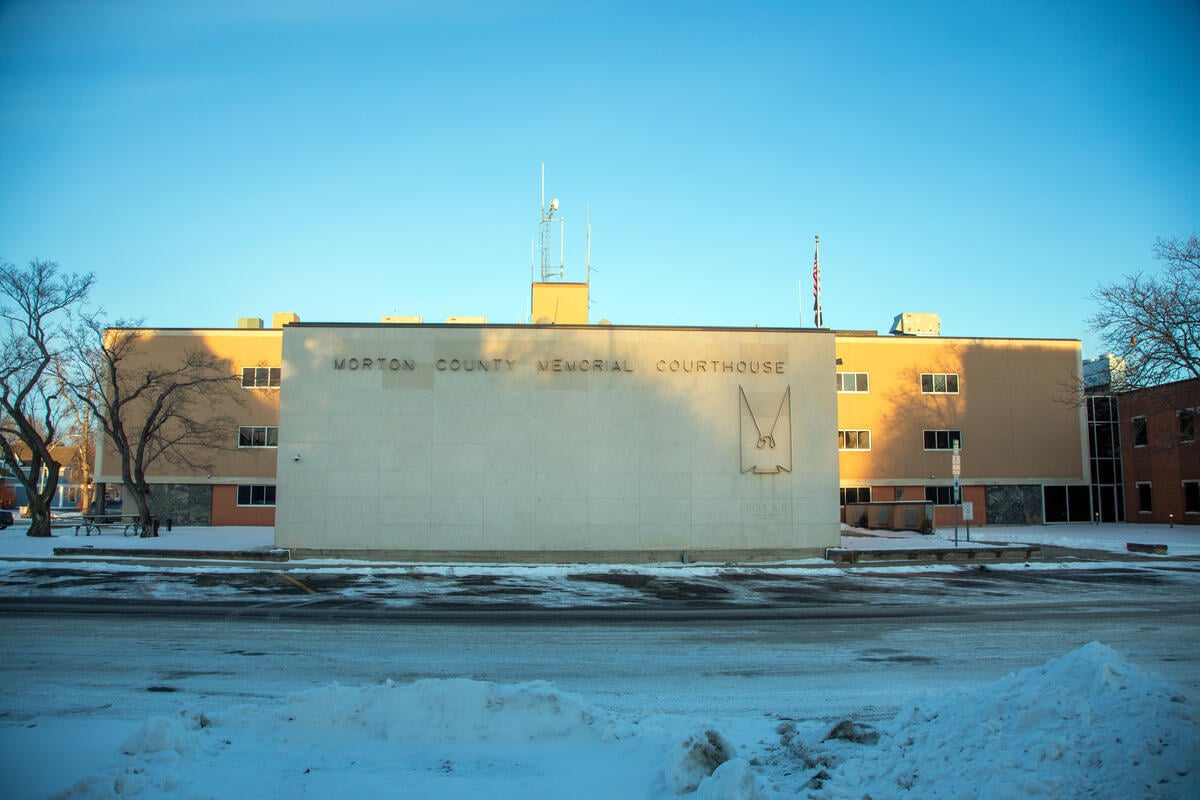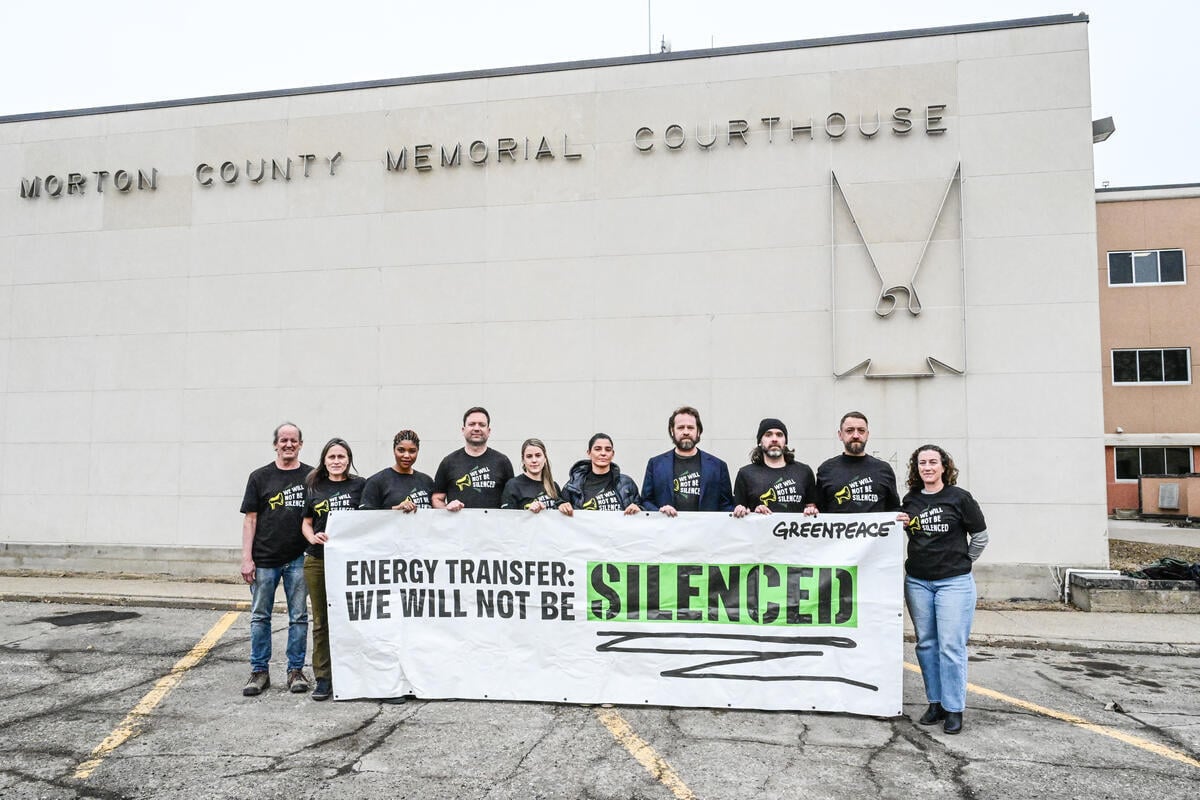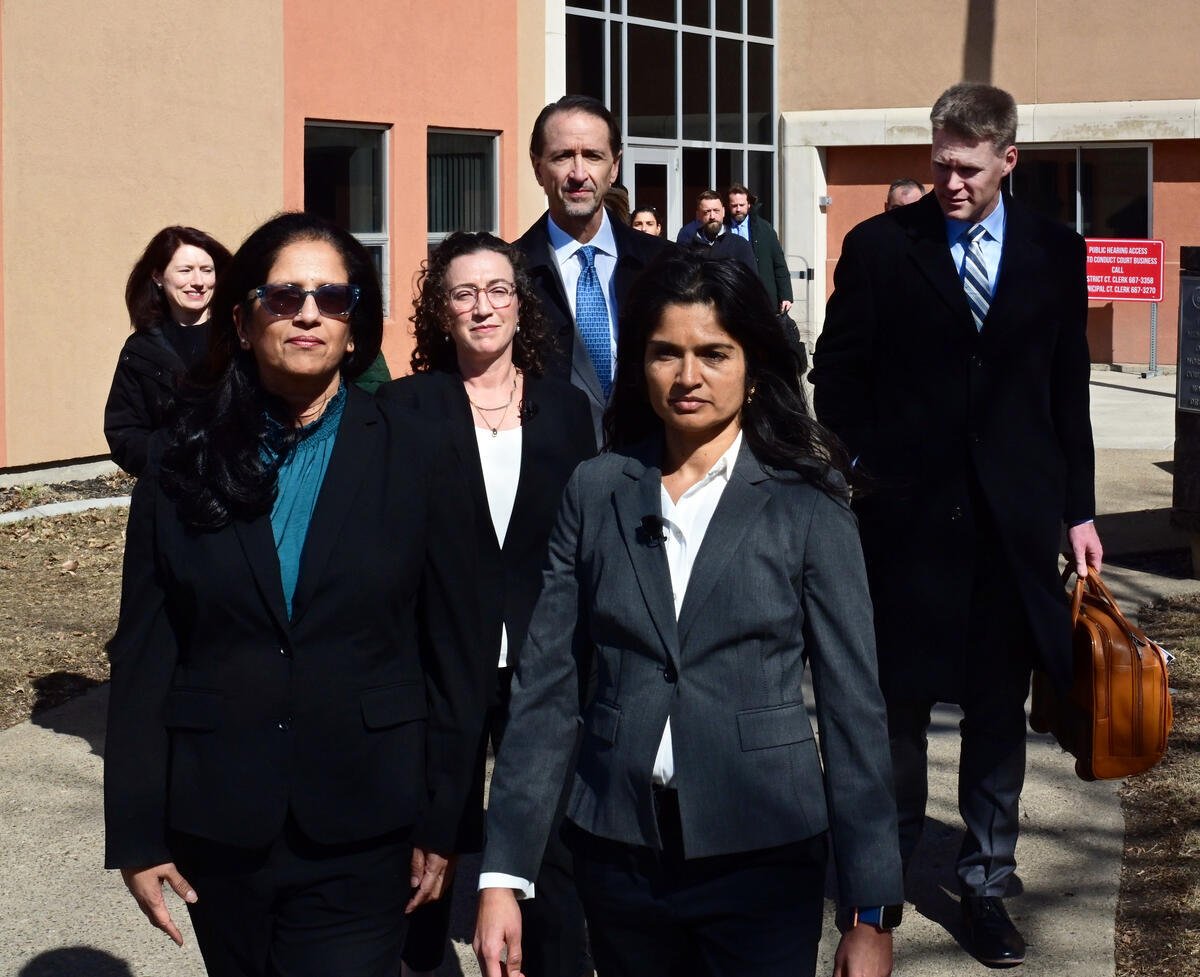A new report by Greenpeace USA and Waterkeeper Alliance finds that Energy Transfer Partners and Sunoco have a history of hazardous liquid spills from existing pipelines and pervasive water pollution, spills, violations of permits, and stop-work orders while constructing new pipelines.
Click here to read the full report.
Summary Results
- From 2002 to the end of 2017, ETP, Sunoco and their subsidiaries and joint ventures reported 527 hazardous liquids pipeline incidents to federal regulators — approximately one incident from existing facilities every eleven days.
- Those incidents, reported by the Pipeline Hazardous Material Safety Administration (PHMSA), released a total of 87,273 barrels (3.6 million gallons, or about five-and-a-half Olympic-sized swimming pools) of hazardous liquids, including 66,515 barrels (2.8 million gallons) of crude oil.
- In addition, state regulatory agencies have documented spills totaling at least 2.4 million gallons of drilling fluids, sediment and industrial waste during the construction of just two ETP pipelines in Michigan, Ohio, Pennsylvania and West Virginia.
- Crude oil spills made up 408 of the PHMSA incidents, along with 92 refined petroleum product spills and 27 highly-volatile liquid (HVL), flammable or toxic spills.
- Of the hazardous liquid spills from existing facilities 101 incidents were of 50 barrels or more (2100 gallons, a volume which is considered “significant” by the federal regulator).
- 67 of the hazardous liquid incidents were reported to have contaminated water, of which 18 incidents contaminated groundwater.
- These spills caused an estimated $115 million in property damage, and led to 106 Notices of Probable Violations, and $5,675,870 million in penalties from PHMSA alone.
- The largest spills in the PHMSA database were crude oil spills of 436,000, 361,000, 290,000, 189,000, 153,000, 143,000, 139,000, and 105,000 gallons, and 2 HVL spills of 168,000 and 121,000 gallons.
- In addition, state agencies and the Federal Energy Regulatory Commission (FERC) have issued over 100 notices of violation and/or non-compliance for the construction of the Rover and Mariner pipelines. In 2017-18 alone, ETP and Sunoco were issued six stop work orders by state agencies and FERC because their construction operations violated permit requirements and/or rules and regulations designed to protect streams, rivers, wetlands, drinking water, historic sites and public safety.
- The Dakota Access Pipeline (DAPL) and its southern component only began operations in 2017, but have already reported 7 incidents.
- Assuming the U.S. system-wide rate for significant crude oil spills of 0.001 per year per mile, we estimate that the Bakken Pipeline would suffer 96 significant spills and the Bayou Bridge Pipeline would suffer eight significant spills, during a 50-year nominal lifetime.
- There is no failsafe way to transport fossil fuels and pipeline spills remain a direct and seemingly unavoidable consequence of oil and gas activity.
- Rapid transition to renewable energy could dramatically reduce spills from pipelines and pollution of drinking water sources.
Interactive Map
A map of spills from ETP and Sunoco’s existing pipelines is available at greenpeace.carto.com and is embedded below. Move the cursor over an individual spill or pipeline to show more information.
For Further Information
Written by Tim Donaghy of Greenpeace USA and Donna Lisenby of Waterkeeper Alliance. For more information regarding this report, please contact Tim Donaghy.



